Retro Replay Review
Gameplay
Mordor: The Depths of Dejenol offers a richly detailed party-based RPG experience that challenges players to think strategically from the very first character creation screen. You begin by assembling a team of adventurers drawn from a variety of races, each with unique strengths and weaknesses. The decision of which guilds to join—whether it be the stealthy Thieves’ Guild, the arcane Mystics’ Order, or the stalwart Warriors’ League—shapes each character’s skill set and profoundly affects your overall strategy in the dungeon.
(HEY YOU!! We hope you enjoy! We try not to run ads. So basically, this is a very expensive hobby running this site. Please consider joining us for updates, forums, and more. Network w/ us to make some cash or friends while retro gaming, and you can win some free retro games for posting. Okay, carry on 👍)
Once your party is formed, the real challenge begins as you delve into the sealed mines beneath Dejenol. With fifteen dungeon levels to explore, each descent feels like a fresh challenge. You must balance your resources carefully—managing torches for light, healing potions for survival, and gold for supplies—while facing an assortment of 400 unique monster types. This delicate resource management and the constant need to adapt your tactics keep the gameplay loop engaging even after many hours of play.
Progression in Mordor is both granular and rewarding. Gaining experience unlocks new abilities in your chosen guilds, and each level-up decision can tip the balance in favor of your party or leave you vulnerable to the monsters lurking deeper underground. The freedom to pull out of a level to spend gold on weapons, armor, or spells at town stores, or to seek guidance from the seer, creates a dynamic feedback loop that encourages experimentation and risk-taking.
Finally, the depth of Mordor’s dungeon design is evident in its randomized treasure placement and trap scenarios. No two forays into the Depths of Dejenol are identical, pushing you to constantly refine your approach. Whether you’re hunting for a rare artifact, grinding experience to bolster your front-line fighters, or probing the depths for a specific monster drop, the core gameplay remains addictive and endlessly replayable.
Graphics
Given its early ’90s origins, Mordor’s graphics will feel retro to modern eyes—but there is a certain nostalgic charm in its tile-based dungeon layouts and simple sprite work. Each room is clearly defined, with environmental hazards, hidden doors, and treasure vaults rendered in a straightforward style that keeps the focus on exploration and strategy rather than flashy visuals.
The monster sprites, while not highly detailed by today’s standards, are surprisingly varied across the 400 different creature types. From hulking trolls to ethereal wraiths, each enemy gets just enough visual flair to feel distinct, which is impressive for a game of its era. Weapon and armor icons are crisp and readable, ensuring you always know exactly what you’ve found in your treasure haul.
Character portraits, shown on the status screen during party building and combat, convey personality despite their low resolution. The minimalistic color palette does mean that some areas can feel monotonous after extended play, but clever use of lighting and shadow in deeper dungeon levels helps break up the visual routine and maintain a sense of dread.
Overall, Mordor’s graphics serve their purpose well: they facilitate clear navigation and immersion rather than compete for attention. If you approach the game expecting a modern visual spectacle, you’ll be disappointed—but if you appreciate a utilitarian, old-school presentation that places gameplay first, the aesthetics of Dejenol will grow on you.
Story
The narrative backdrop of Mordor is archetypal yet effective: fifteen hundred years ago, dwarven miners built a grand city above a sprawling mine system. When the depths finally gave way and unleashed a horde of monsters, the city was abandoned and sealed off—until now. This classic “return to the sealed dungeon” premise provides just enough context to give your adventures a sense of purpose without bogging you down in lore.
As you progress, small narrative touches—found journals, cryptic seer prophecies, and occasional NPC dialogue in the town—hint at deeper mysteries beneath the surface. While the story doesn’t take center stage, these breadcrumbs are enough to keep curious players engaged, prompting theories about the origin of the evil that permeates the mines and the true fate of the original dwarven inhabitants.
The lack of an elaborate, branching storyline allows Mordor to focus on pure adventuring. Your motivation comes from the mechanics: acquiring loot, improving your characters, and clearing each level of the dungeon. Yet the ever-present castle walls above and the sealed history of Dejenol lend a mythic quality to your quest, elevating routine monster-slaying into something more epic in scope.
For players who prefer character-driven narratives or cinematic plot twists, Mordor’s story may feel understated. But for RPG purists who favor gameplay-driven exploration and the thrill of discovery, the game’s minimalist lore strikes just the right balance, allowing you to craft your own tale of glory and sacrifice in the depths.
Overall Experience
Mordor: The Depths of Dejenol remains a gem for fans of classic dungeon crawlers, offering unparalleled depth and customization in a compact package. The combination of fifteen dungeon floors, 366 distinct items, and 400 monsters ensures virtually limitless replayability. Every session brings new strategic dilemmas, whether you’re experimenting with a party of goblins and elves or pushing your human paladins into the deepest reaches of the mines.
While some modern conveniences—streamlined interfaces, real-time combat, high-resolution textures—are absent, the game’s old-school mechanics are precisely what give it enduring appeal. There’s a satisfying weight to each decision, from allocating experience points in a guild to choosing which party member will carry the last healing potion. Victories feel earned, and setbacks carry the sting of genuine consequence.
The learning curve can be steep, especially for newcomers to the genre, but the sense of achievement as your party overcomes a particularly deadly level or defeats a rare boss monster is immensely rewarding. A strong community of retro-RPG enthusiasts still supports the game with mods and tips, making it easier than ever to dive in and customize your experience.
In sum, The Depths of Dejenol is a masterclass in emergent gameplay, where narrative, mechanics, and player choice weave together to create an engrossing dungeon-crawling odyssey. If you’re looking for a game that demands patience, strategic thinking, and a love for retro RPG design, Mordor delivers an adventure that stands the test of time.
 Retro Replay Retro Replay gaming reviews, news, emulation, geek stuff and more!
Retro Replay Retro Replay gaming reviews, news, emulation, geek stuff and more!
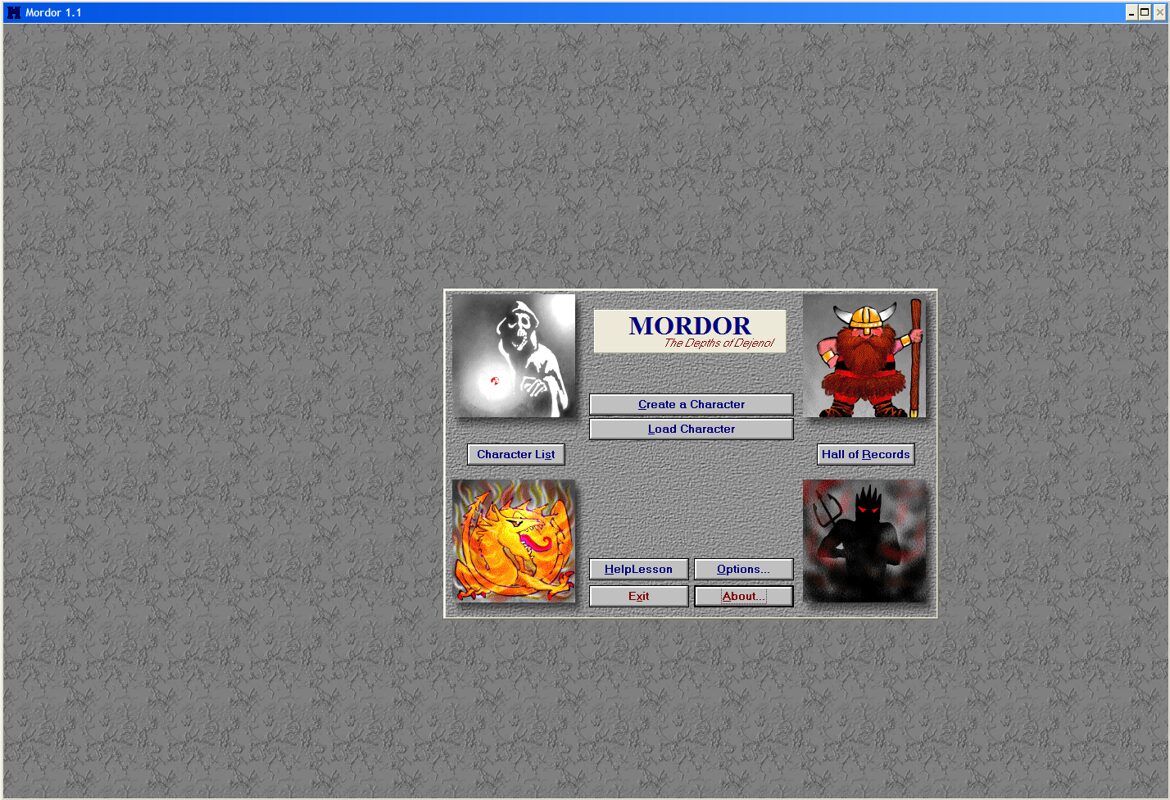
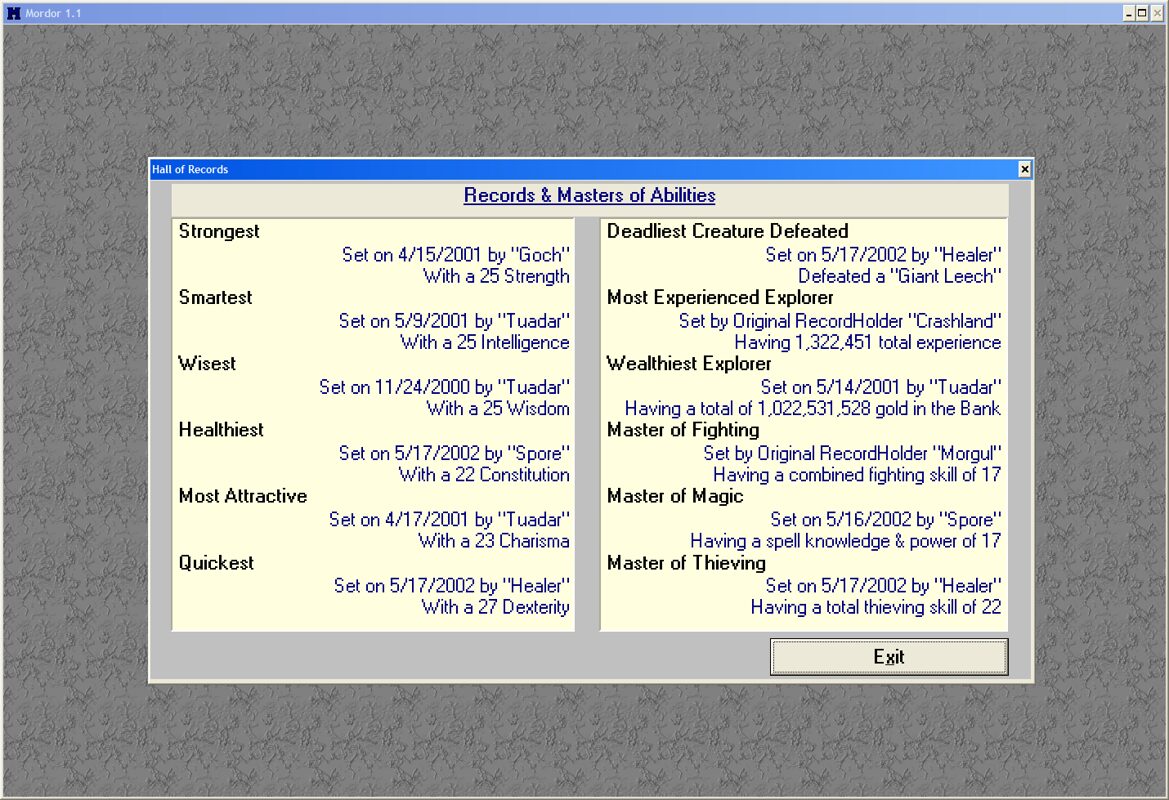
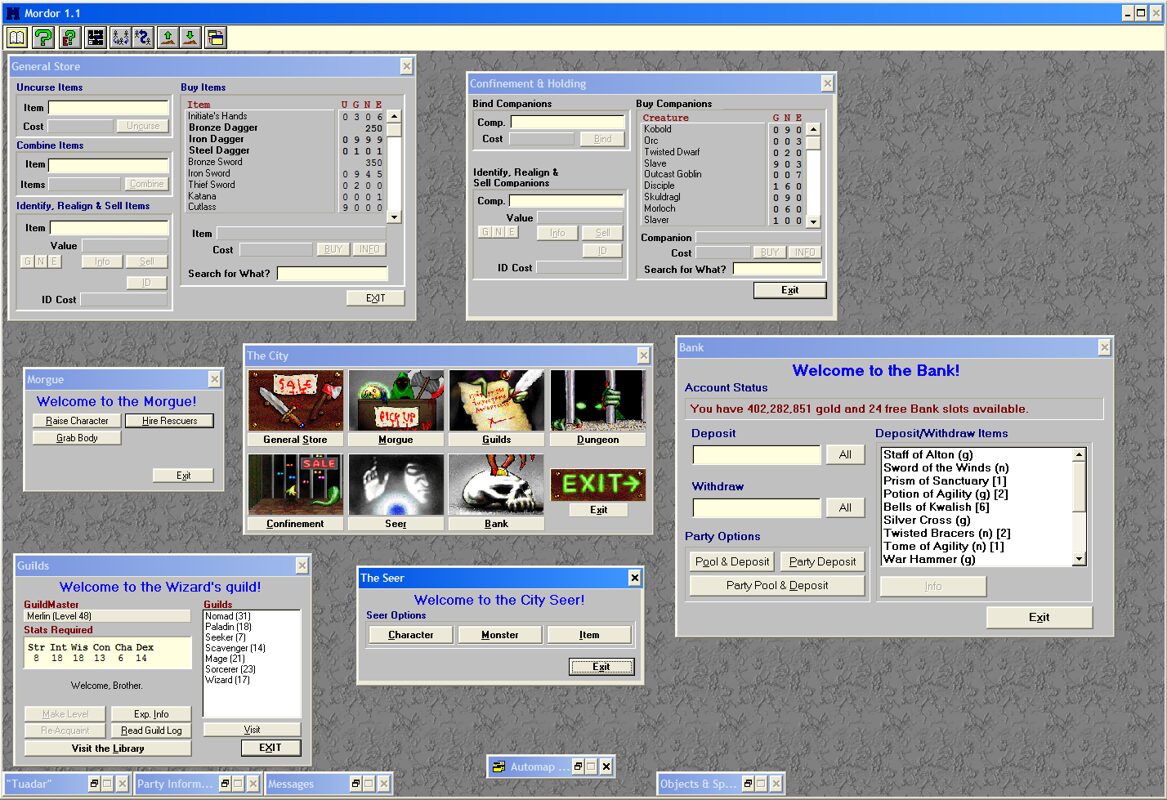
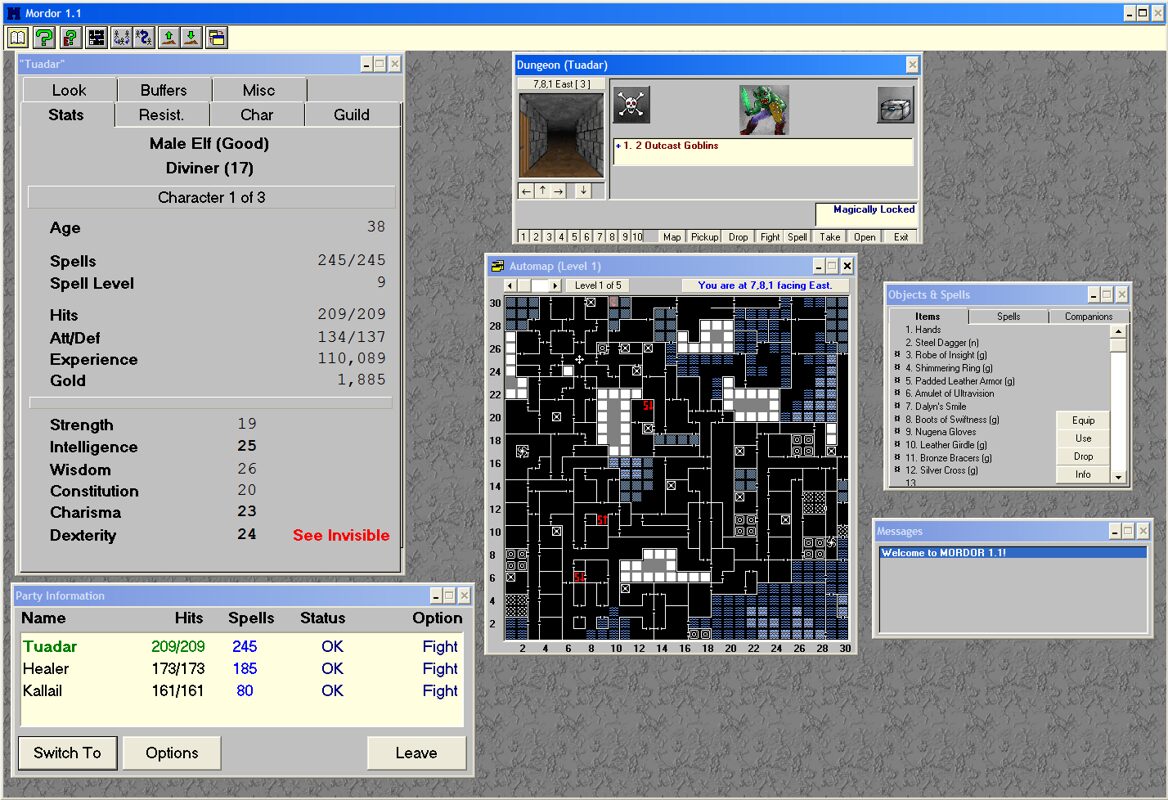
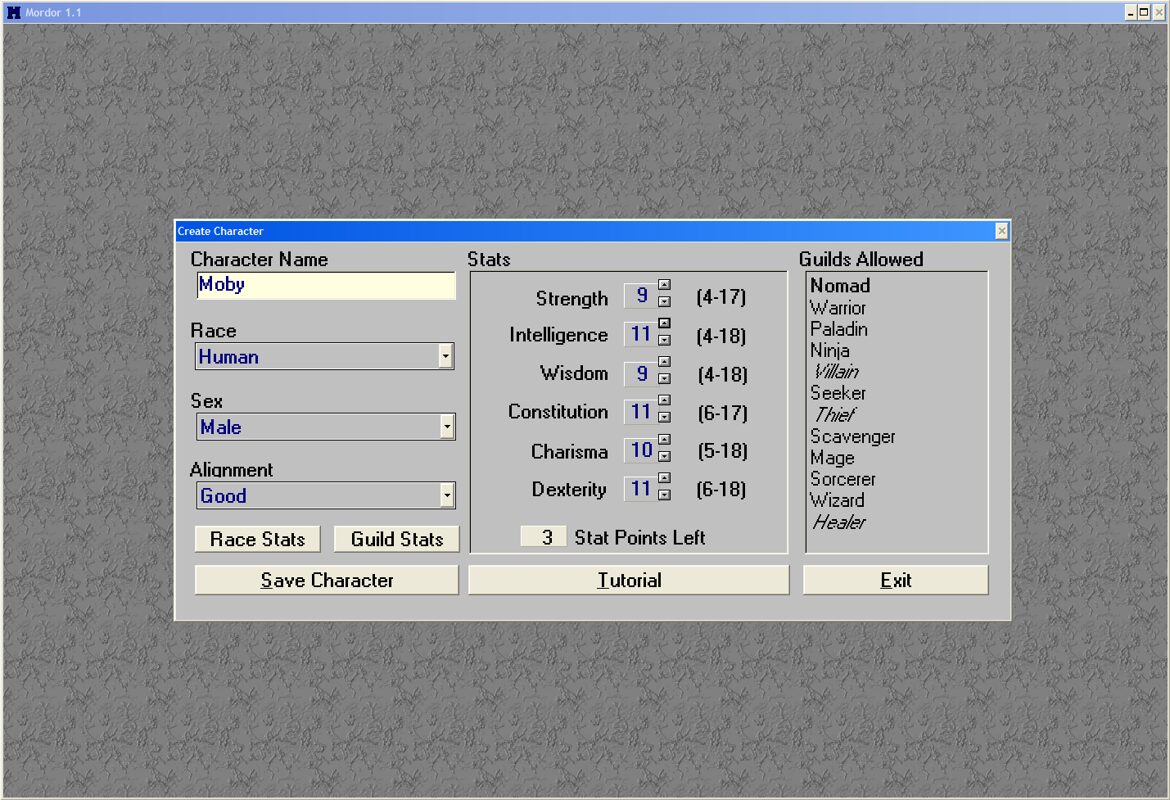



Reviews
There are no reviews yet.